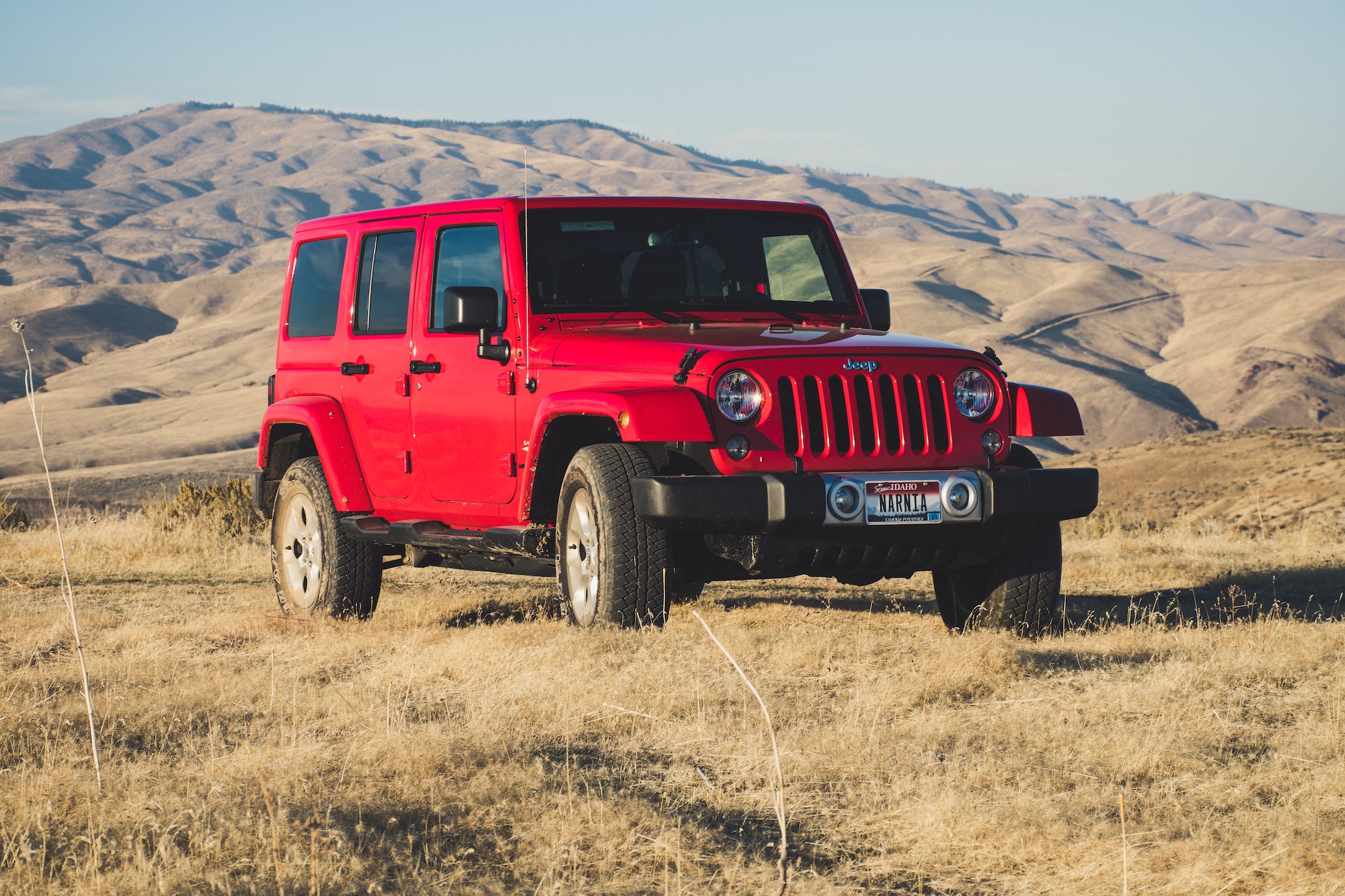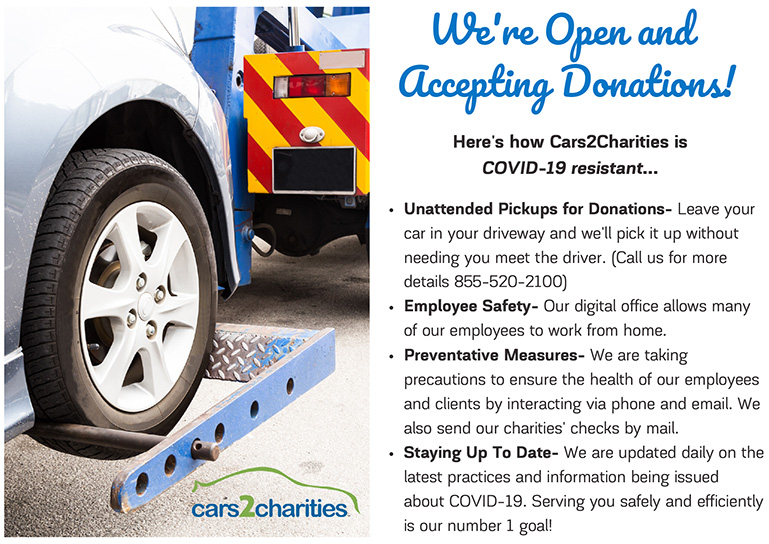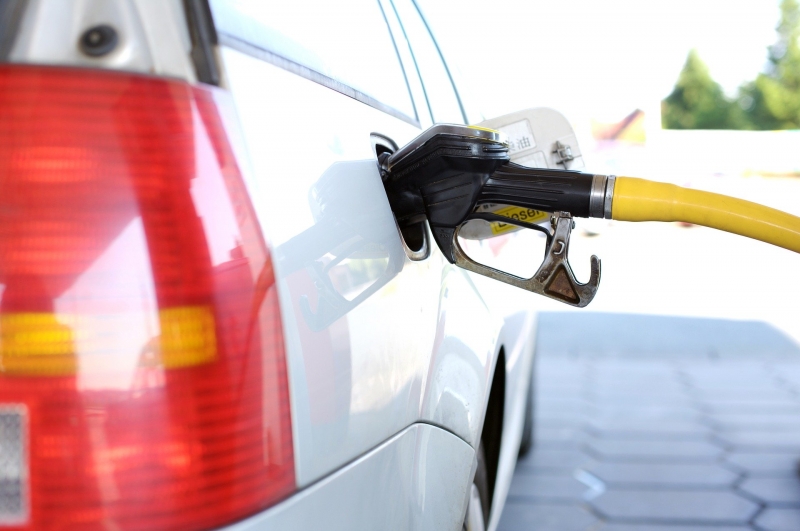8 Proven Tips On How To Save Money On Fuel
Fuel economy is the holy grail of owning and driving a vehicle.
8 Proven Tips On How To Save Money On Fuel
People often buy cars based on looks and performance first, only to question the gas-guzzling habits later. For many motorists, saving money on fuel is a pipe dream. A mythical beast you can never lay your eyes on or catch no matter how sophisticated your net is. However, the reality is quite the opposite: you can save a lot of money on fuel costs by using a logical and measured approach.
According to data from AAA, the average American household spends around $1,500 per year on gas, meaning there's a lot of room to pinch and save. Here are five proven tips that can help you save hundreds of dollars a year in your fuel bill. You'll also be supporting climate change efforts big time.
1. Use Alternative Modes of Transportation
 The number one tip to save money on fuel is to drive less and use alternative modes of transportation more. It's just math: the more you use your car, the more gasoline costs add up. Short trips are the worst because your car isn't warmed up to its full operating temperature yet, making it consume more fuel and emit more fumes. That short trip to the convenience store added more pollution to the atmosphere than your 70-mile road trip.
The number one tip to save money on fuel is to drive less and use alternative modes of transportation more. It's just math: the more you use your car, the more gasoline costs add up. Short trips are the worst because your car isn't warmed up to its full operating temperature yet, making it consume more fuel and emit more fumes. That short trip to the convenience store added more pollution to the atmosphere than your 70-mile road trip.
If you won't be needing the hauling capabilities of your vehicle and if the weather permits, the healthier option would be to walk or use a bike. You're doing your body a favor by staying active, and you're helping the planet by saving gas and reducing emissions. There's a myriad of other ways to get around, such as taking the train or subway to work. You can either walk the rest of the way, rent a bike, or use a folding scooter.
2. Buy a Car That Consumes Less Fuel
As mentioned earlier, pretty muscle cars and SUVs usually have thirsty V6 or V8 engines under the hood that consume way more fuel than necessary. The solution is buying a car that sips gas using a straw, but every other motorist wants one, especially when fuel prices rise. Purchasing a fuel-efficient vehicle now becomes a problem because consumer demand increases the cost of ownership.
Instead of joining the bandwagon of getting a small car with a low displacement engine, you can choose a vehicle that offers good fuel economy without sacrificing performance or size. Consider getting an electric vehicle (zero fuel costs) or a hybrid if you have the funds. You can also choose a car with a small but turbocharged engine for more power and excellent fuel economy. Used car buyers are always advised to search a VIN number, so please keep that in mind when buying a second-hand vehicle.
3. Use Premium Gas Only if You Need To
One of the biggest money suckers out there is using premium fuel. Fuel companies love to trumpet how their additives clean your engine, reduce emissions, and other stuff. It probably does, but the reality is your car's engine doesn't need premium fuel unless otherwise specified by the manufacturer. If you own a performance-tuned sports car with a sophisticated engine, you're going to need premium gasoline in some cases.
However, if you drive around in an average, everyday vehicle, using regular or mid grade gasoline won't hurt your engine. Using premium gas if your car doesn't need it offers minimal advantages over regular fuel. When in doubt, check the fuel cap or read the owner's manual.
If the manufacturer says the engine "requires" premium gasoline, you need to use it or risk damaging the engine. If the manual states premium fuel is "recommended," you can always experiment with other gasoline grades to see which gives better fuel economy without a dip in performance.
4. Buy Fuel at a Discount
Gasoline prices have been stable for the most part; however, there are places where you'll notice varying pump prices. There's a notion that you'll save a lot of money if you can find the lowest price for gas, so many drivers fall into the trap of making a beeline for these gas stations even if they're out of the way. The problem with this strategy is that you'll end up using more gasoline than you'll save.
You're better off choosing a gas station that's conveniently located along your usual route. You can use apps like GasBuddy or Waze to track local gas prices in the area so you can pick the lowest one. A better option is to join a warehouse club like Costco and get your fuel there. Discounted gas at local warehouse clubs is significantly lower than gas stations, saving you around $6 - $7 per 15 gallons. The savings will add up and help reduce your annual fuel bill.
If you don't have access to membership shopping, buy gas early in the week. Prices tend to spike between Wednesdays and Saturdays but stay low during the rest of the week. You can also save fuel by only gassing up at certain hours of the day, either early in the morning or late in the day, especially in warm weather. Fuel is a lot denser at lower temperatures, so you'll get more of it when you gas up.
5. Stay Calm Behind the Wheel
Driving smart and staying calm has plenty of benefits, aside from keeping your stress levels in check. Based on real-world tests, aggressive and angry driving consumes more fuel compared to being relaxed and passive. Aggressive driving means sudden braking, rapid acceleration, and cruising at a higher speed than usual.
Both the Mythbusters and Edmunds.com tested the angry driver hypothesis and came up with the same result. In Edmunds' gas-saving test, they used an SUV, a sedan, and a truck. The tests revealed that "calm" drivers could save as much as 33% to 38% on fuel.
6. Keep Your Tires Inflated Properly
 Make sure to use the manufacturer's recommended tire pressure, as seen on a sticker or tag in the driver's side door jamb. Under-inflated tires create a larger surface area that connects to the pavement, causing them to wear out faster. The added friction also makes the engine work harder, consuming more fuel in the process. Be wary of temperature fluctuations when the weather changes.
Make sure to use the manufacturer's recommended tire pressure, as seen on a sticker or tag in the driver's side door jamb. Under-inflated tires create a larger surface area that connects to the pavement, causing them to wear out faster. The added friction also makes the engine work harder, consuming more fuel in the process. Be wary of temperature fluctuations when the weather changes.
7. Keep Your Car Well-Maintained
Make it a point to follow a preventive maintenance schedule to help keep your vehicle in tip-top shape. A poorly maintained car will deliver mediocre performance and fuel economy because it is not functioning as it's supposed to. To save more on gas, have your vehicle serviced at regular intervals based on the owner's manual.
Regular oil changes, filter replacement, AC cleaning, and tire rotation can do wonders towards the longevity of your car. Make sure you have a mechanic tune your engine to manufacturer's standards to enjoy better fuel savings.
8. Track Your Progress
After following all the fuel-saving tips, it's time to track your progress. Most new car models have digital fuel economy meters. After gassing up, reset the counter so you can track your fuel consumption based on the distance it takes before you need to fill up again. Keep a fuel log on your phone or use a small notebook to track each time you visit the pump.
Summary
Saving more money on fuel is doable, and is easier than it looks. All you need to do is curb your need for speed and practice staying calm while driving. Staying relaxed saves more than any other tip here, so make it a priority to practice it the next time you go for a ride. After mastering the art of smart driving, it all boils down to searching for a reliable fuel supplier in your area and forgoing the use of premium gasoline if your vehicle doesn't need it.
Written by our guest editor: Ben Hartwig



